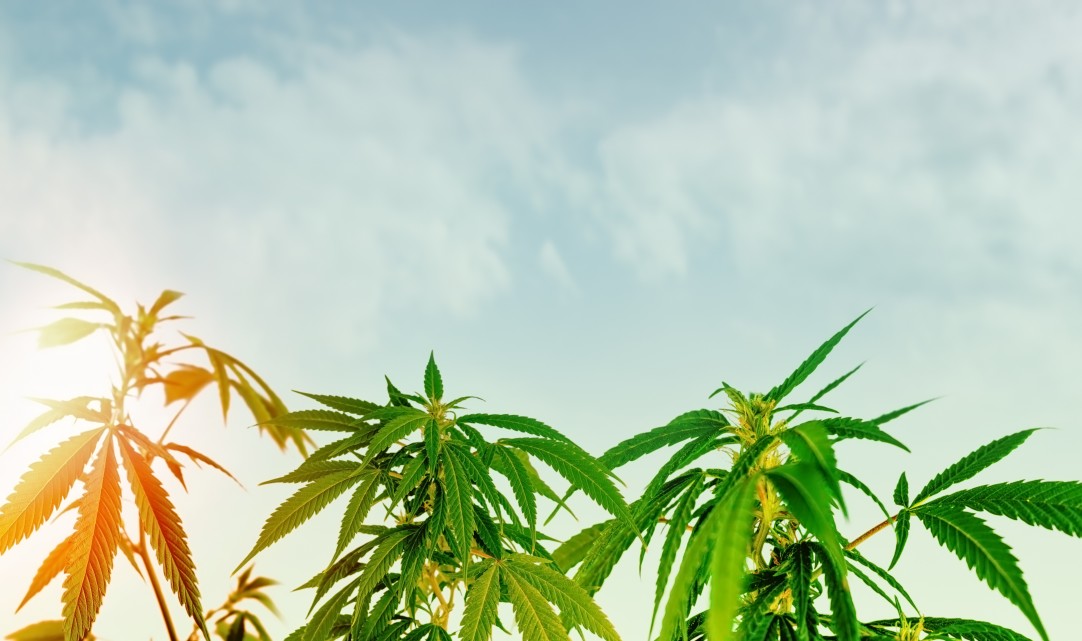The Effects of Marijuana on the Human Brain
While the FDA recognizes the growing interest in medical cannabis, they have not yet approved any products containing it as a treatment for any disease. In the case of perfect 420 cannabis-derived pharmaceuticals, however, the FDA has approved Epidiolex, a synthetic cannabinoid. It is also the approval body for three synthetic cannabis-related drug products, Marinol, Syndros and Cesamet (nabilone). These pharmaceuticals are available only with a prescription from a licensed healthcare provider.

Potency and effects of marijuana differ greatly depending on the variety, preparation, and use. Marijuana contains tetrahydrocannabinol, or THC. THC is present in all parts of a male marijuana plant, but is concentrated most in the resin in the female flowering tops. Hashish is a more potent form of marijuana, derived from collecting and drying resin from marijuana flowers. Its effects are about eight times stronger than the marijuana commonly smoked in the United States.
The most common preparation of marijuana is edible, and is available in the form of wax and shatter. Shatter is made from cannabis resin, and is commonly added to baked goods and butter. It is also commonly used in beverages called bhang. A cannabis concentrate, known as oil, is consumed by using a vape pen or ingested through the mouth. The concentrates are less harmful than edible forms and are more discreet to use.
Researchers are still trying to determine the long-term effects of cannabis on the human brain. Most existing studies have focused on animal species, so more human long-term studies are needed to fully understand the potential negative effects of marijuana. However, 2014 research has revealed that cannabis can negatively affect brain development in the adolescent stage. This study found that adolescents who began using cannabis during adolescence showed greater learning and memory problems than those who did not. It remains to be seen if these effects are permanent or only temporary.
While most countries have banned marijuana, there are many regions that have legalized medical marijuana and have decriminalized its use. These legalization laws have decreased the penalties for small amounts of marijuana. As a result, penalties for cannabis use are usually limited to fines and confiscation, although the penalties are still severe. There are many other forms of marijuana, and it is not illegal in every state in the country. If a person does not meet legal requirements for legal cannabis use, they should contact a doctor.
There are three main types of marijuana. Cannabis-based products are marijuana, hashish, and hashish. Marijuana is the least potent form of marijuana, while hashish is more potent and can be added to food or vaporized. Lastly, hashish contains a high concentration of THC, which is responsible for the mind-altering effects of marijuana. A small amount of marijuana can cause a serious problem for a person who abuses it.
Marijuana may cause withdrawal symptoms for a person who stops using it. Unlike alcohol and tobacco, marijuana is a drug that can alter prescription drugs and cause serious problems. It’s essential to speak to your doctor about the drugs you’re taking and any marijuana products you’re using to avoid any potential problems. It is also important to keep marijuana products away from children. Marijuana is an addictive substance, and the more you use, the more likely you will develop an addiction to it.